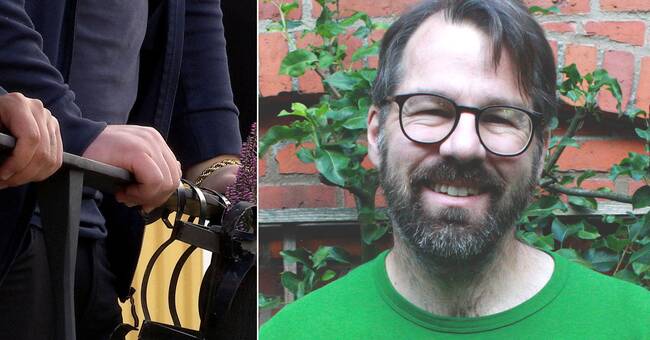Treatment homes around the country receive young criminals who want to break their negative path.
At a treatment home in Västernorrland, young boys between the ages of 17 and 23 are received.
But Martin Bergström, who has worked and researched for a long time about caring for young people, thinks it is the wrong way to go.
"The worst we can do"
- I do not think that treatment homes are the right way to go, not for people who are between 17 and 23 years old.
It is late in life to end criminal behavior.
Efforts should have been made here much earlier, says Martin Bergström, associate professor of social work at Lund University.
He thinks that one should invest in treatment families instead of treatment homes.
- The worst thing we can do is send teenagers to group treatments, that's when you should be worried.
There are great risks in putting criminals together in groups.
You make new contacts and learn from each other.
This is the smartest thing you can do if you want to develop your criminal career.
They try to avoid this in treatment families, says Martin Bergström.
He refers, among other things, to a research project carried out by SBU (The Swedish Agency for Medical and Social Evaluation), where it is considered that the risks of continued criminality are reduced if young people are not placed in institutions.
Bad to mix ages
- Another problem can be putting 17-year-olds together with 23-year-olds.
It is a very wide range.
Some have not graduated from high school and are still children.
There is a big difference between 17 years and 23 years, developmentally.

